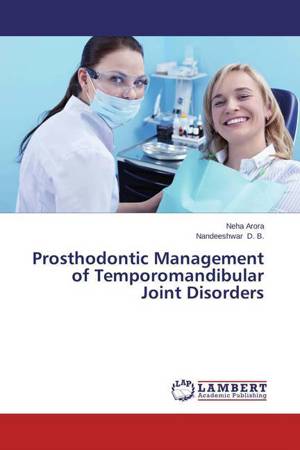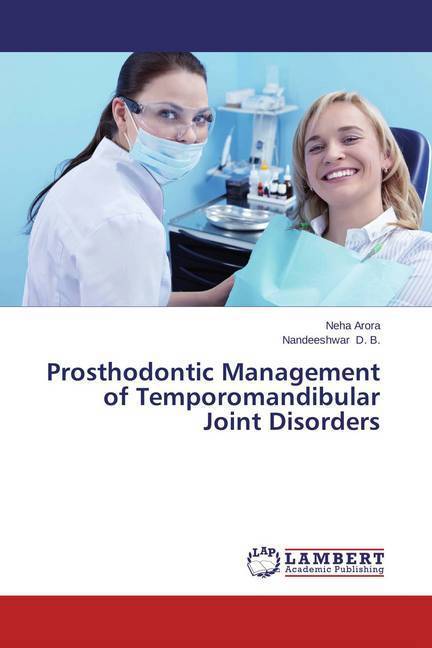
- Afhalen na 1 uur in een winkel met voorraad
- Gratis thuislevering in België vanaf € 30
- Ruim aanbod met 7 miljoen producten
- Afhalen na 1 uur in een winkel met voorraad
- Gratis thuislevering in België vanaf € 30
- Ruim aanbod met 7 miljoen producten
Zoeken
Prosthodontic Management of Temporomandibular Joint Disorders
Neha Arora, Nandeeshwar D. B.
Paperback | Engels
€ 74,45
+ 148 punten
Omschrijving
The human TMJ as correctly termed as craniomandibular articulation is the unique joint of the body. The most basic kinesiologic features of the joint are that the joint unlike other joints of the skeletal system, possess various degrees of freedom associated with the unconstrained motion of a rigid body. Full use of these degrees of freedom is made during diverse daily activities such as chewing, swallowing & speaking. Understanding & investigating these complex characteristic movements & their disorders is a herculean task for the prosthodontist & other specialists. The challenge is to develop an understanding of TMJ & functions on one hand & to diagnose & treat their disorders on the other "Temporomandibular disorders" is a collective term embracing number of clinical problems that involve the masticatory musculature, the temporomandibular joint, or both, & associated structures. Decision making in prosthetic dentistry & in the management of patients suffering from temporomandibular disorders is strongly influenced by the clinical & educational background of the dentist.
Specificaties
Betrokkenen
- Auteur(s):
- Uitgeverij:
Inhoud
- Aantal bladzijden:
- 156
- Taal:
- Engels
Eigenschappen
- Productcode (EAN):
- 9783659571008
- Verschijningsdatum:
- 15/07/2014
- Uitvoering:
- Paperback
- Afmetingen:
- 150 mm x 220 mm
- Gewicht:
- 236 g

Alleen bij Standaard Boekhandel
+ 148 punten op je klantenkaart van Standaard Boekhandel
Beoordelingen
We publiceren alleen reviews die voldoen aan de voorwaarden voor reviews. Bekijk onze voorwaarden voor reviews.








